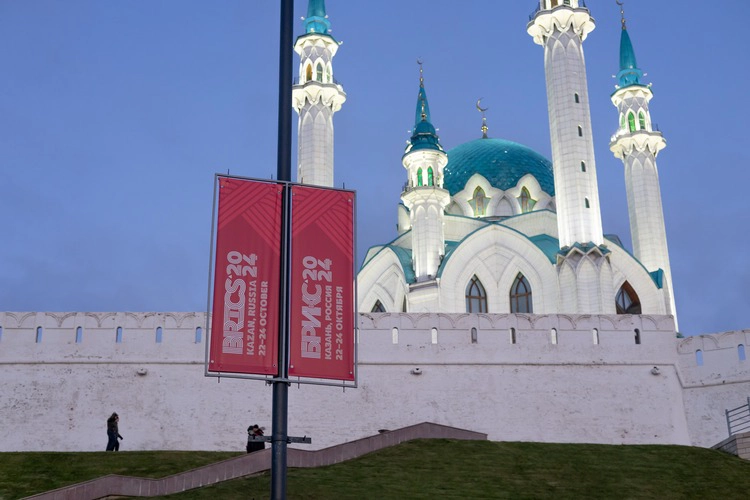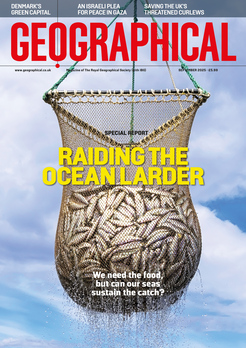
BRICS now added 13 partner countries following latest summit in Kazan – but what does this mean for the intergovernmental organisation?
By
Thirteen partner countries have been accepted into BRICS earlier this month following the 16th BRICS summit held in Kazan, Russia. The intergovernmental organisation – founded back in 2009 – now includes Algeria, Belarus, Bolivia, Cuba, Indonesia, Kazakhstan, Malaysia, Nigeria, Thailand, Türkiye, Uganda, Uzbekistan and Vietnam as newly-added partner nations.
Related reads:
Although the nations are not yet full members, this move marks a step in the direction of greater collaboration for BRICS in trade, investment, development and infrastructure. These partner countries will collaborate on initiatives including fair distribution of resources, developing alternative financial systems, trading local currencies, as well as the potential creation of a BRICS-led infrastructure development bank.
The economies added this month will diversify BRICS, and each have their own importance to the organisation. For example, Nigeria is Africa’s largest economy and offers BRICS a clear gateway to a plethora of natural resources, including gas and oil.
Uzbekistan, rich in minerals, could also bring economic value to BRICS, similarly to Algeria with its strong ties to the African oil and natural gas sector.
‘With the addition of these 13 new nations, BRICS is strengthening its foundation for a new economic order that is more balanced and fairer,’ said South African President Cyril Ramaphosa.
‘This partnership will allow us to work more closely on issues of common interest, from economic development to sustainable growth and the fair distribution of resources.’
What is BRICS?
The organisation was founded to create a counter-influence to Western powers. By co-ordinating member economies and policies – and now with a further 13 partner nations – BRICS seeks to build a more inclusive world that benefits all corners of the globe, as well as reducing reliance on Western-led financial systems.
It currently represents around 40 per cent of the global population, with a gross GDP of $26.6 billion USD, nearly the same as that of the G7.
Initially formed as BRIC – comprised of Brazil, Russia, India and China – the organisation first expanded in 2010 with the addition of South Africa to form BRICS. Four new members were officially added as members in January of this year Egypt, Ethiopia, Iran and United Arab Emirates.
Some analysts raise concerns that more members means greater potential for conflicting interests and resulting internal divisions, but summit leaders express confidence that focusing on shared goals of creating a multipolar world order would unify members.




